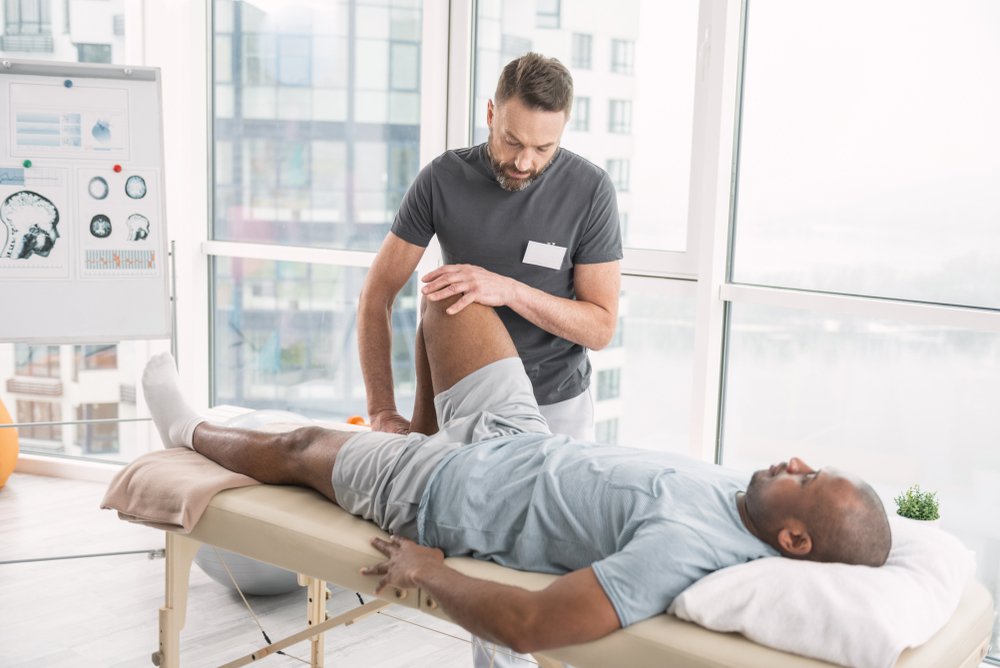The Essential Impact of Resistance Training on Improving Rehabilitation and Effectiveness in Athletic Rehabilitation
Resistance conditioning holds a vital role in sports rehabilitation, helping athletes heal from traumas and improve their overall capabilities. When an athlete sustains hurt, their physique needs period to recover. However, during this rehabilitation period, it is crucial to maintain strength and mobility to avoid additional damages. Resistance conditioning can be tailored to fit the needs of each individual, focusing on specific muscle areas that may have been impacted by the injury. This focused approach not only aids in rehabilitation but also readies the athlete to return to their sport stronger than before.
One of the main advantages of strength conditioning in rehabilitation is its capability to enhance muscular power and endurance. When muscular tissues are stronger, they can more effectively support articulations and reduce the chance of recurrence of injury. For example, an individual healing from a knee injury can benefit from workouts that fortify the quadriceps and back thigh muscles. These muscles play a crucial part in stabilizing the leg joint. By including strength conditioning into their rehabilitation program, athletes can recover their power more effectively and securely.
In addition to developing strength, resistance training also enhances mobility and range of movement. Many injuries can lead to rigidity in the affected region, making it difficult for individuals to move easily. Strength conditioning workouts often involve stretching and lengthening the muscular tissues, which can help reestablish flexibility. For example, adding weight bands or weights into flexibility routines can improve the efficacy of these exercises. As mobility improves, athletes can execute movements more efficiently, which is crucial for optimal capabilities in their activity.
Another important aspect of resistance conditioning in athletic recovery is its rehabilitation for sports-related back injuries positive impact on psychological well-being. Healing from an injury can be a challenging and frustrating process for individuals. Engaging in strength conditioning can provide a feeling of achievement and enhance confidence. As athletes see gains in their strength and abilities, they may feel more motivated to persist their rehabilitation process. This psychological uplift can be just as crucial as the bodily advantages, as a positive mindset can lead to better outcomes in rehabilitation.
Finally, resistance training can help individuals move back to their sport more smoothly. Once they have recovered their power and flexibility, athletes need to rehearse activity-specific movements to ensure they are prepared for contests. Strength training can be integrated with sport-specific drills to create a holistic recovery program. This blend allows athletes to not only recover but also improve their capabilities. By focusing on both recovery and capabilities, resistance conditioning becomes an essential instrument in the rehabilitation process, helping individuals return to their sport more robust and more durable.